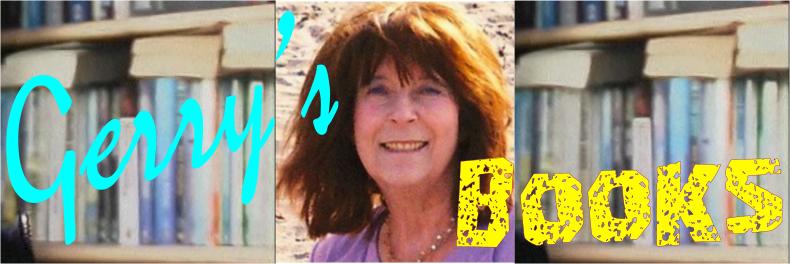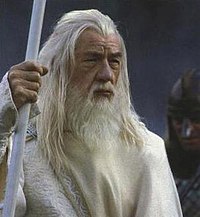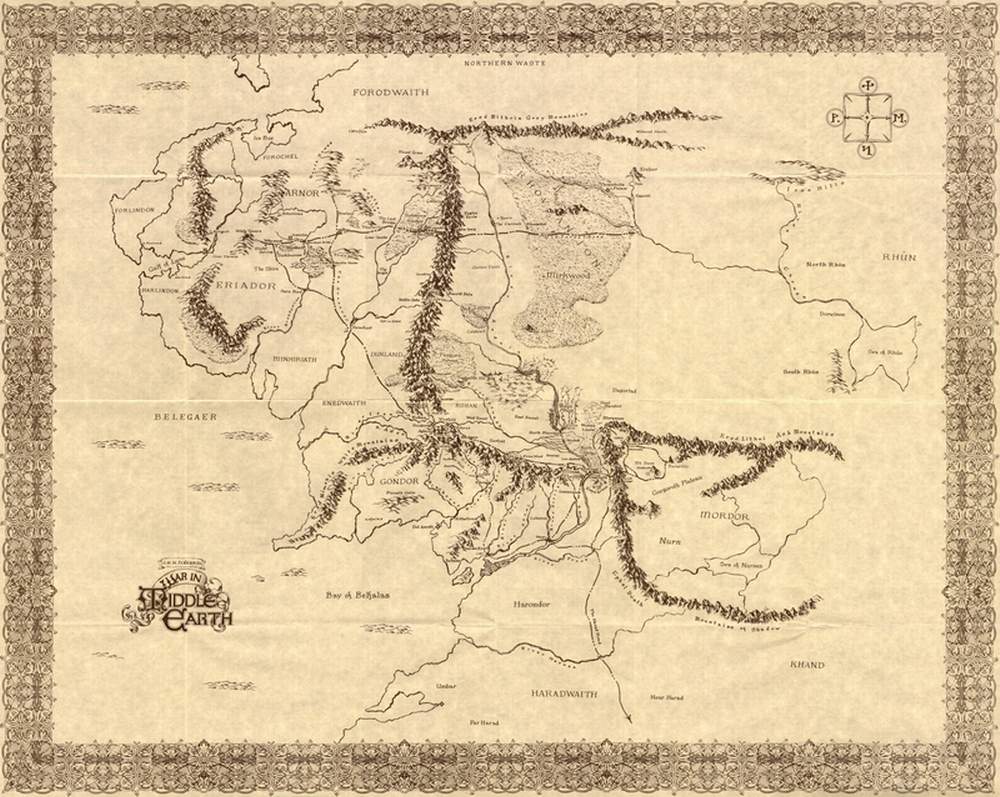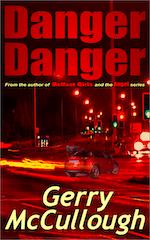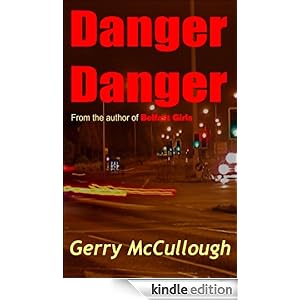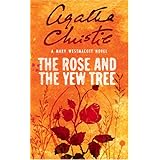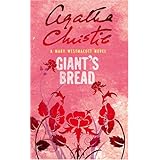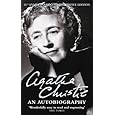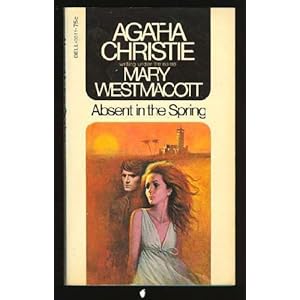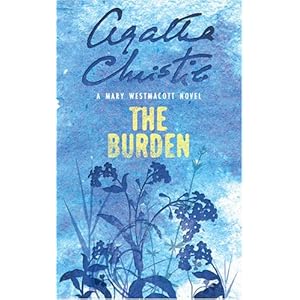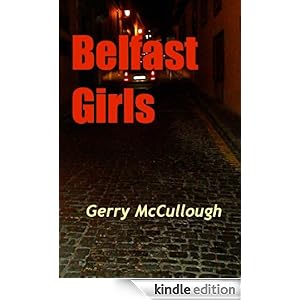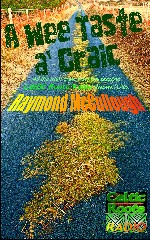 |
| Lord of the Rings |
A few years ago, BBC2 ran a survey called The Big Read, where viewers were asked, first of all, to nominate their favourite books. Out of this, 100 top favourites were chosen. The next stage was a vote to select a top ten, and after that, with various celebrities speaking week by week in favour of one of these ten books, a final vote for the winner. I was torn in two, because several of my favourite books were in there with a chance.
At the end, Jane Austen’s Pride and Prejudice and Tolkien’s The Lord of the Rings were level pegging, and I found it very hard to make my mind up which to vote for. In the end, I went for The Lord of the Rings, and as it turned out so did a substantial majority of other people, making it the nation’s favourite book at that time. No doubt the release of the first of Peter Jackson’s films, with the relevant publicity, helped, but it’s surprised me for years how many people, some of them very unlikely ones, love Tolkien’s masterpiece.
 |
| JRR Tolkien in 1916 |
I suppose the best way to come to this book is after reading The Hobbit. However, like many others, I only heard of The Hobbit after I’d read the trilogy. I was at university when a young and enthusiastic English lecturer started pushing The Lord of the Rings at me and my fellow students, telling us what a marvellous book it was, and that it had an enormous cult following. I borrowed it from the library, loved it, and a couple of years later, as a young married woman, managed to afford to buy the set while on holiday in a caravan in Portrush (a seaside resort not famed for its literary atmosphere, but with at least one bookshop at that time.) I’ve gone on reading it at regular intervals ever since, and have just finished the current re-reading. (Followed by The Hobbit.)
As always, I’ve been freshly amazed by how good this book is. To me, the characters of the hobbits, and of Gandalf, and of Strider when we first meet him, are the main things which bring this story to life. The Shire, a version of England in the Middle Ages (but without the poverty and sickness and the dictatorial role of the upper classes) is such an attractive place; and the characters at this stage of the book are real people, whether or not they are labelled ‘hobbit’ ‘wizard’ or ‘man.’ Later in the book Tolkien introduces elves and so on who are far from human and if it were not for the earlier characters the trilogy would lose a great deal of the realism and believability which keep us reading on. Merry and Pippin in particular are down-to-earth, likable and enjoyable characters, but so are Sam and Frodo until nearer the end. Gandalf develops into ‘The White Rider,’ and becomes less and less the Gandalf we know, cross, inclined to joke, and very much an individual. Strider, a blunt, straight speaking stranger who may or may not be trustworthy, develops into Aragorn, the King, and becomes, like Gandalf, less real. But by then we are prepared to accept this sort of thing, and the ever present hobbits keep us pinned firmly down to earth, even if it is ‘Middle Earth.’
Don’t misunderstand me. One of the most attractive things about The Lord of the Rings is its atmosphere of poetry and magic, and the sense that we are living in a world of long ago. But the down-to-earth hobbits (representatives of ourselves, whom we can relate to) are essential, to allow us to enjoy the rest of the environment.
It’s highly appropriate that the trilogy ends back in the Shire; and although Frodo can no longer live there, Sam can and does.
Always, I particularly enjoy the maps at the end of each of my three volumes. I constantly unfold them to check whereabouts the current action is taking place, and by the time I’ve finished the third book, I feel as if I know every inch of the ground which the travellers have covered, and am at home there in a way which is both satisfying and exciting. Alas, some years ago the map from my first volume was first of all accidentally torn off, and then eventually lost. I feel bereft without that initial map, a close-up of the country covered in Volume 1, of the journey through the Shire, the time in the Old Forest and the Downs, the events at Bree, the attack on Weathertop, the Flight to the Ford, and the first part of the Nine Companions’ journey as they attempted to cross Caradhras. The map in the second volume orients me from then on, but that initial part is sorely missed.
How many people, I wonder, avid fans of The Lord of the Rings, read it purely as an exciting adventure, and miss the inner meaning? The struggle of good against evil, the fact that even the good, like Boromir, may fall – this is probably clear enough to most. As John Bunyon said in The Pilgrim’s Progress, ‘Then saw I that there is a way to Hell, even from the gates of Heaven.’ Probably most readers pick this up without difficulty.
But the death and resurrection of Gandalf, who thereby is able to defeat the power of evil as portrayed in Sauron – do most readers understand the allegory set out in this event? I wonder.
I can’t finish writing about this marvellous book without quoting some of the poetry which adds so much to the magical ambience of the whole. Right at the beginning is one of the best examples:-
Three Rings for the Elven-kings under the sky
Seven for the Dwarf-lords in their halls of stone,
Nine for Mortal Men doomed to die,
One for the Dark Lord on his dark throne
In the Land of Morder where the Shadows lie.
One Ring to rule them all, One Ring to find them,
One Ring to bring them all and in the darkness bind them
In the Land of Mordor where the Shadows lie.
Like all good poetry, this says more than the simple words convey – it plunges us immediately into the atmosphere Tolkien wants us to feel.
Then there is Sam’s song in Book Three, another simple and beautiful poem, but this time conveying an atmosphere of hope and peace, ‘In Western lands beneath the Sun…’ and Frodo’s farewell to the Shire early in Book One, ‘The Road goes ever on and on…’ Everyone will have their own favourites, and I must stop quoting mine or, like the road, I might go on for ever.
I said last week that I hoped to have another post up before Christmas, and to my surprise, and probably to yours, I’ve succeeded in doing it.
Have a lovely time over the next week or so; and as Tiny Tim said, giving the toast at the Cratchett family’s Christmas dinner in Dickens’ A Christmas Carol, ‘God bless us everyone!’
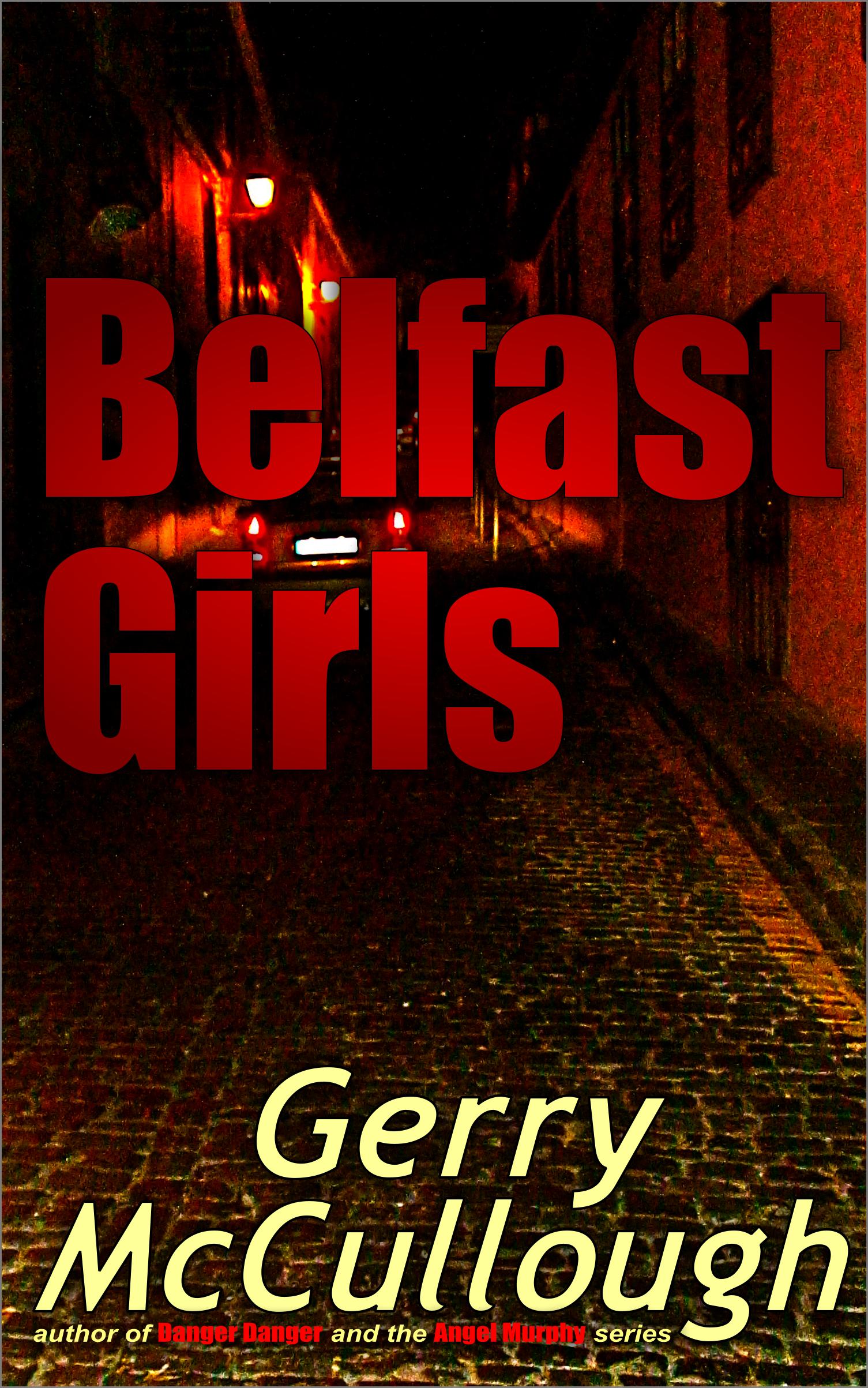 (And if you are one of the millions who buy or are given a Kindle this Christmas, don’t forget to buy Belfast Girls,
(And if you are one of the millions who buy or are given a Kindle this Christmas, don’t forget to buy Belfast Girls, my two Irish romantic thrillers, to help you have a really great time – says she modestly.)
See you in the New Year.
